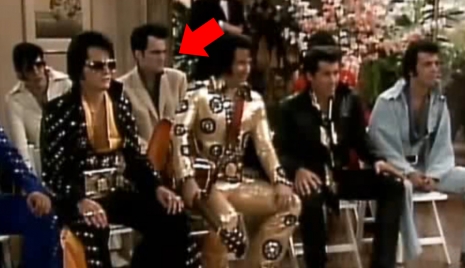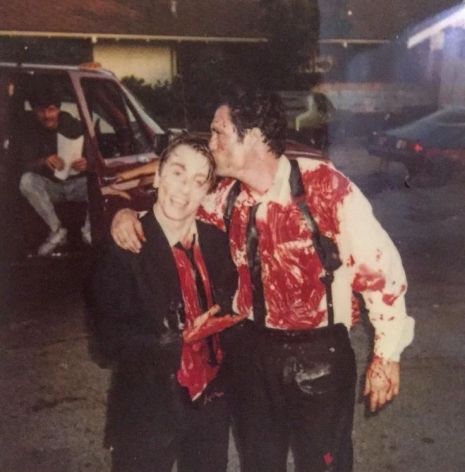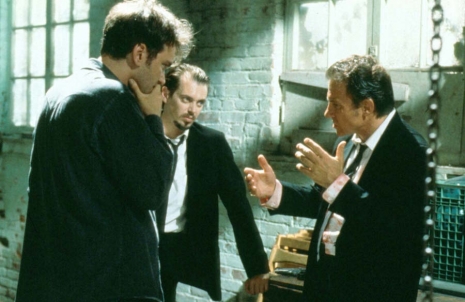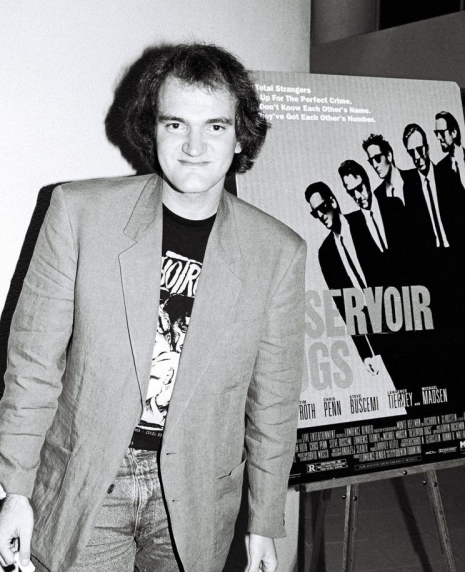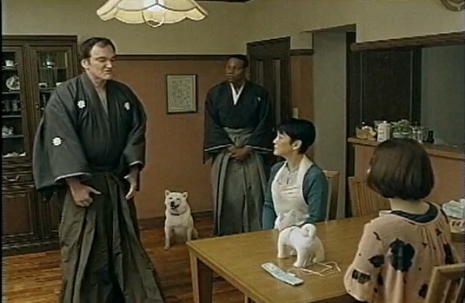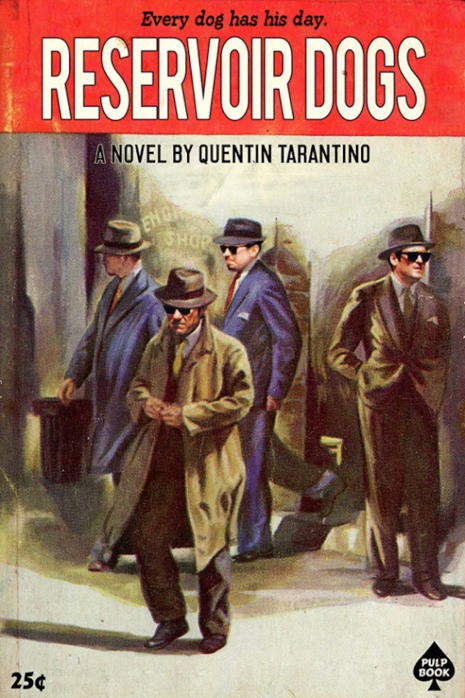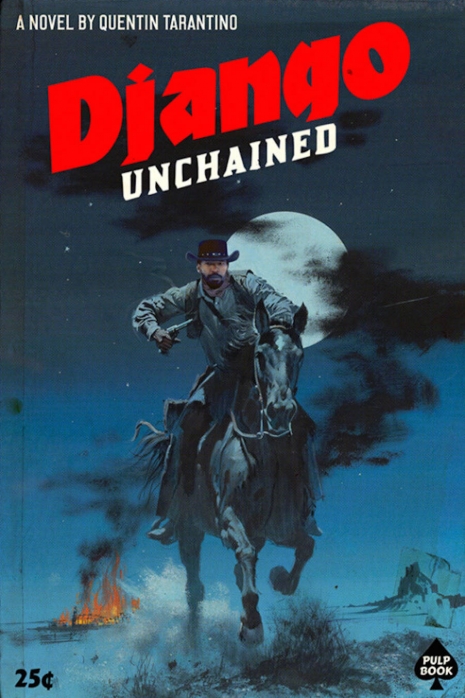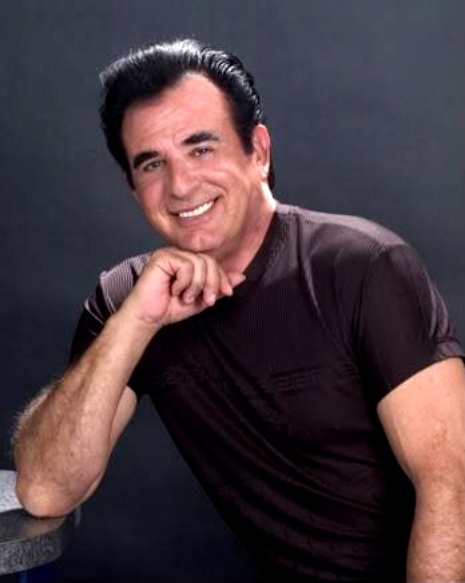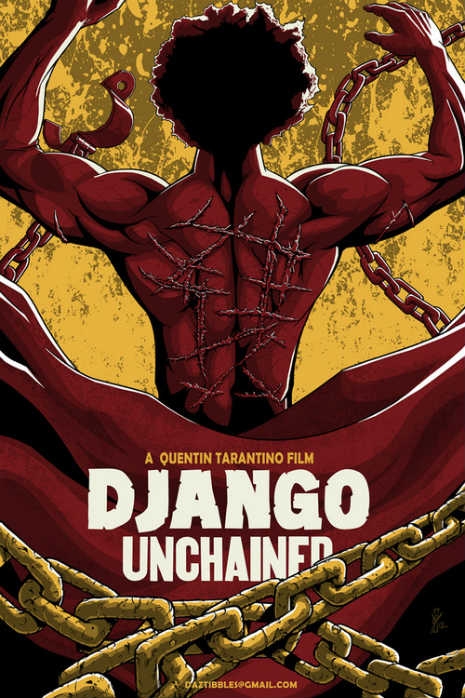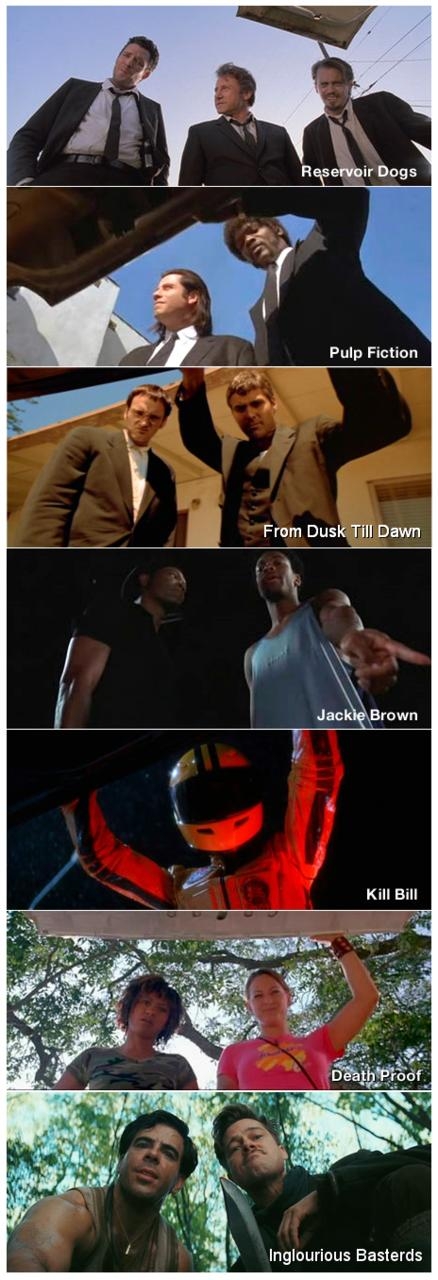
Casting in movies or TV is a difficult job for the ordinary viewer to get his or her head around, because the tendency to regard the finished performance as “the only way” it could have been done is so powerful, and this is true even for quite ordinary movies. When it comes to a movie as iconic as Pulp Fiction, however, it’s almost impossible to think of Vincent Vega as anybody other than John Travolta, and likewise for Jules Winnfield and Samuel L. Jackson (indeed, both actors were nominated for the Academy Award for their work in Pulp Fiction).
But such things are always more flexible than they appear, and it’s the job of casting directors to try to guess what the combination of this actor and that role is likely to produce. Yesterday there appeared on reddit an intriguing document that apparently represents Quentin Tarantino’s “wish list” for Pulp Fiction, which was to be his second feature after his successful 1992 debut, Reservoir Dogs. The list naturally contains some expected choices—including the actors that were eventually cast—but also some surprises.
On Reservoir Dogs Tarantino worked with Michael Madsen, Harvey Keitel, and Tim Roth, and it’s not super surprising that all three of those actors were Tarantino’s choice for the roles of Vincent, the Wolf, and Pumpkin, respectively—Keitel and Roth, of course, did end up playing those roles. For Vincent, Tarantino wanted Madsen for the part but effectively considered Travolta to be a co-front-runner for the role. Tarantino’s list reads as follows: “Wrote part for Michael. ... John Travolta (strong, strong, strong second choice).” It turned out that Madsen was committed to Lawrence Kasdan’s Wyatt Earp starring Kevin Costner, which freed up Travolta for his career-altering turn as Vincent.
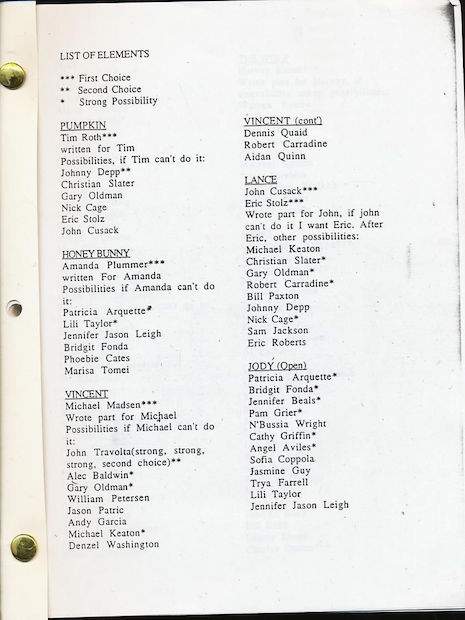
(click for a larger view)
The application of image filters on the page reveals some hidden text behind the page, specifically:
THE WOLF
Harvey Keitel***
Wrote part for Harvey, if unavailable other possibilities:
Warren Beatty

The main image on reddit, which covered the casting of Pumpkin and Honey Bunny, Vincent, and drug dealer Lance and his wife Jody, did not include the key roles of Mia Wallace, Marsellus Wallace, the Wolf, and Butch and his girlfriend Fabienne. In the comments on the same page on reddit, however, is a four-page fax dated July 14, 1993 (faxing a document apparently typed up on July 2, 1993), which included Tarantino’s cast list for those parts as well as others. Surprisingly, an actor who played a career-defining role in Pulp Fiction and is well known as one of Tarantino’s very favorites, Uma Thurman, was not on the director’s original list for Mia. Rather, Tarantino wanted Virginia Madsen (Michael’s younger sister), with Marisa Tomei, Patricia Arquette, and Bridget Fonda also mentioned—Thurman’s name is nowhere to be found.
Similarly, Bruce Willis was not on Tarantino’s mind for the role of Butch: Matt Dillon was Tarantino’s first choice, with Sean Penn, “Nick” Cage, and Johnny Depp on the list as well. Depp, who filmed Ed Wood around the same time as Pulp Fiction was filmed, was Tarantino’s second choice for Lance, the drug dealer played by Eric Stoltz.
Samuel L. Jackson was not Tarantino’s first choice for Jules Winnfield—Laurence Fishburne was. Tarantino sprinkled Jackson’s name all over the document, considering him as possible for Marsellus, Captain Koons, the Wolf, and Lance. For Vincent, the Wolf, and Captain Koons, Tarantino let his imagination run wild, with some big-ticket casting ideas. Tarantino threw out the names Alec Baldwin, Michael Keaton, Denzel Washington, and Sean Penn, while for Capt. Koons, Tarantino considered Robert De Niro, Al Pacino, and Tommy Lee Jones.
It’s awfully fun to imagine a version of Pulp Fiction with Denzel Washington as Vincent, Eddie Murphy as Jules, Johnny Depp as Butch, Danny DeVito as the Wolf, Marisa Tomei as Mia, Michael Keaton as Lance, Pam Grier as Jody, and Robert De Niro as Capt. Koons. One wonders if such a movie would ever have gotten nominated for seven Oscars…...
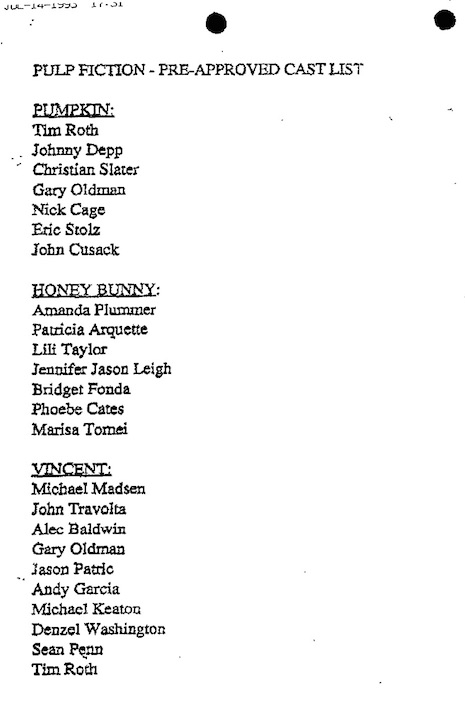
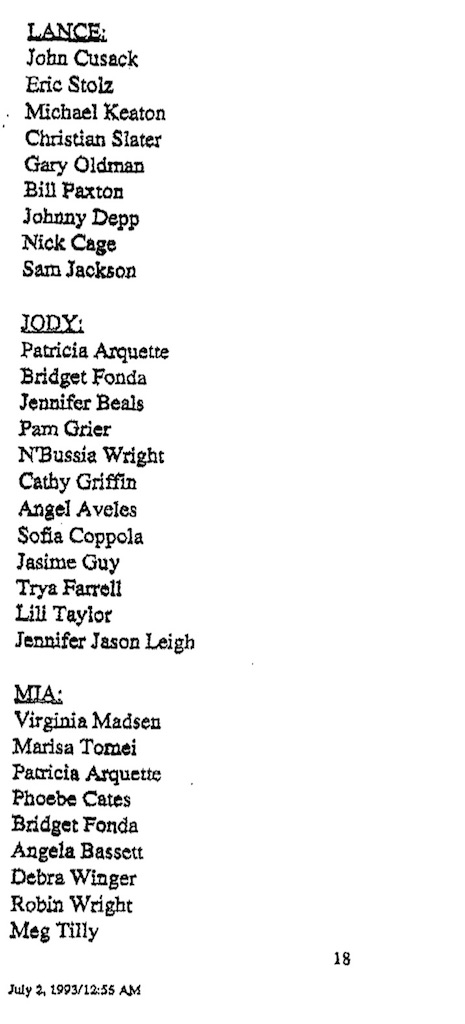


Posted by Martin Schneider
|
09.14.2015
11:29 am
|
